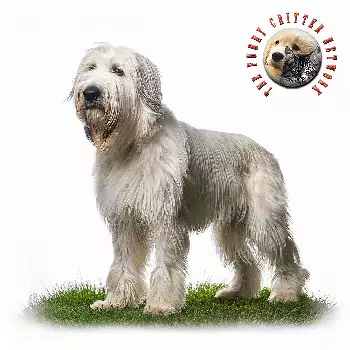The behavioral profile of the Catalan Sheepdog reflects the complex demands of their traditional working environment, where they needed to balance independence with responsiveness, courage with caution, and protective instincts with gentle family interaction. These dogs exhibit a thoughtful, measured approach to new situations that stems from their heritage as working dogs who needed to assess threats and make appropriate responses without human guidance.
Intelligence ranks among the most notable behavioral characteristics of the breed. Catalan Sheepdogs demonstrate exceptional problem-solving abilities and learn complex tasks quickly when training is approached with patience and consistency. Their intelligence manifests not only in their ability to learn commands but also in their capacity to understand context and adapt their behavior to different situations. They tend to think through problems rather than simply reacting, a trait that served them well when making independent decisions about livestock management in challenging terrain.
The breed displays strong territorial and protective behaviors that must be properly channeled through early socialization and training. Their natural suspicion of strangers serves them well as guardians but requires careful management to prevent excessive wariness or inappropriate aggressive responses. When properly socialized, they maintain their alertness while developing the judgment necessary to distinguish between genuine threats and normal environmental activity.
Work drive represents a fundamental aspect of Catalan Sheepdog behavior that influences all other aspects of their personality. These dogs possess an inherent need to have a job to do, whether that involves actual herding work or substitute activities that engage their intelligence and energy. Without adequate mental and physical stimulation, they may develop unwanted behaviors such as excessive barking, digging, or attempts to herd inappropriate targets including children, other pets, or even visitors.
Social behavior in Catalan Sheepdogs reflects their history as both independent workers and family companions. They form intense bonds with their families while maintaining a certain dignity and reserve that prevents them from being overly demanding of attention. They typically prefer to be near their family members rather than directly interacting constantly, content to serve as watchful companions who are always ready to spring into action when needed.
The breed's herding instincts manifest in various ways depending on their environment and training. They may attempt to gather family members, keep children in designated areas, or organize other pets according to their own understanding of proper order. These behaviors are generally gentle and non-aggressive but require management to ensure they don't become problematic or overwhelming for those being "herded."
Communication patterns in Catalan Sheepdogs tend to be purposeful rather than casual. They bark to alert to important events but are generally not excessive vocalizers when their needs are met. They communicate through body language, positioning themselves strategically to monitor their territory and family members. Their expressive eyes and subtle posture changes convey a wealth of information to attentive owners who learn to read their signals.
Stress responses in the breed typically involve withdrawal rather than aggressive displays. When overwhelmed or uncertain, Catalan Sheepdogs may become more reserved and watchful, requiring patient support to regain their confidence. They respond poorly to harsh training methods, instead thriving with positive reinforcement approaches that respect their intelligence and sensitivity while providing clear, consistent guidance.

